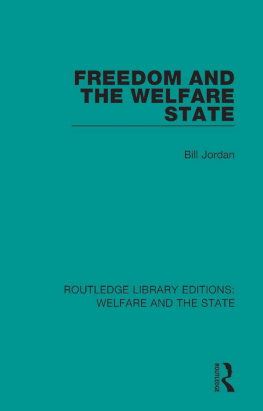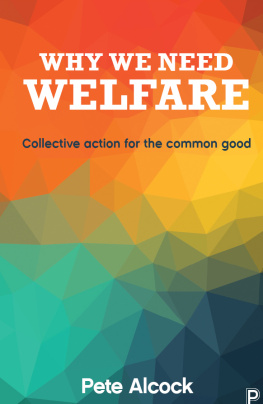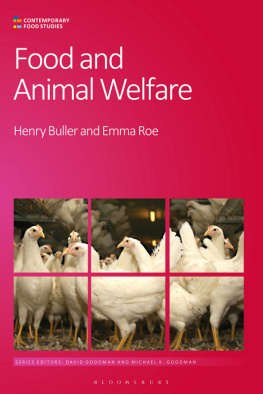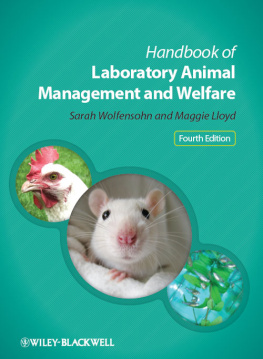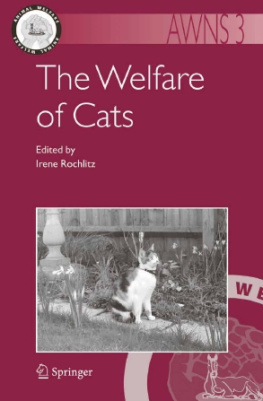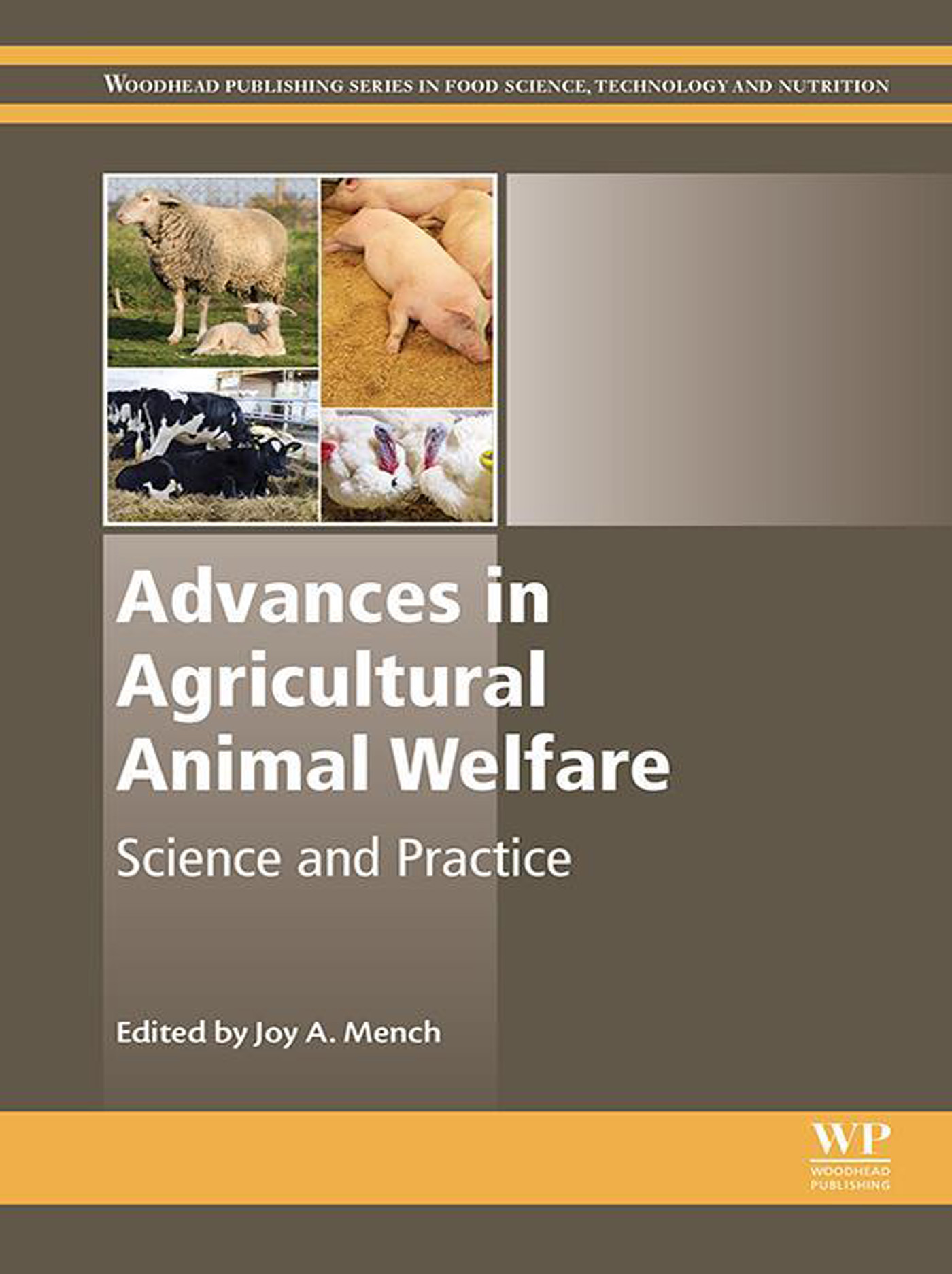Table of Contents
List of tables
- Tables in 4
- Tables in 7
- Tables in 10
- Tables in 11
List of illustrations
- Figures in 1
- Figures in 2
- Figures in 6
- Figures in 9
- Figures in 10
- Figures in 11
- Figures in 12
- Figures in 13
Landmarks
Table of Contents
Advances in Agricultural Animal Welfare
Science and Practice
Edited by
Joy A. Mench
Woodhead Publishing Series in Food Science, Technology and Nutrition
A volume in the Advances in Farm Animal Welfare series
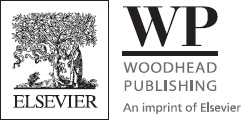
Copyright
Woodhead Publishing is an imprint of Elsevier
The Officers Mess Business Centre, Royston Road, Duxford, CB22 4QH, United Kingdom
50 Hampshire Street, 5th Floor, Cambridge, MA 02139, United States
The Boulevard, Langford Lane, Kidlington, OX5 1GB, United Kingdom
Copyright 2018 Elsevier Ltd. All rights reserved.
No part of this publication may be reproduced or transmitted in any form or by any means, electronic or mechanical, including photocopying, recording, or any information storage and retrieval system, without permission in writing from the publisher. Details on how to seek permission, further information about the Publishers permissions policies and our arrangements with organizations such as the Copyright Clearance Center and the Copyright Licensing Agency, can be found at our website: www.elsevier.com/permissions.
This book and the individual contributions contained in it are protected under copyright by the Publisher (other than as may be noted herein).
Notices
Knowledge and best practice in this field are constantly changing. As new research and experience broaden our understanding, changes in research methods, professional practices, or medical treatment may become necessary.
Practitioners and researchers must always rely on their own experience and knowledge in evaluating and using any information, methods, compounds, or experiments described herein. In using such information or methods they should be mindful of their own safety and the safety of others, including parties for whom they have a professional responsibility.
To the fullest extent of the law, neither the Publisher nor the authors, contributors, or editors, assume any liability for any injury and/or damage to persons or property as a matter of products liability, negligence or otherwise, or from any use or operation of any methods, products, instructions, or ideas contained in the material herein.
British Library Cataloguing-in-Publication Data
A catalogue record for this book is available from the British Library
Library of Congress Cataloging-in-Publication Data
A catalog record for this book is available from the Library of Congress
ISBN: 978-0-08-101215-4 (print)
ISBN: 978-0-08-101246-8 (online)
For information on all Woodhead Publishing publications visit our website at https://www.elsevier.com/books-and-journals

Publisher: Andre G. Wolff
Acquisition Editor: Patricia Osborn
Editorial Project Manager: Anneka Hess
Production Project Manager: Omer Mukthar
Cover Designer: Alan Studholme
Typeset by MPS Limited, Chennai, India
List of contributors
Catherine Brinkley , University of California-Davis, Davis, CA, United States
Johann F. Coetzee , Kansas State University, Manhattan, KS, United States
Antoni Dalmau , IRTA, Animal Welfare Subprogram, Monells, Spain
Leopoldo S. Escobar , World Organisation for Animal Health, Paris, France
Becca Franks
Columbia University, New York, NY, United States
New York University, New York, NY, United States
David Fraser , University of British Columbia, Vancouver, BC, Canada
Carmen S. Gallo
Universidad Austral de Chile, Valdivia, Chile
OIE Collaborating Center for Animal Welfare and Livestock Production Systems, ChileUruguayMxico, Valdivia, Chile
Donald E. Hoenig , One Health Veterinary Consulting, LLC Belfast, Maine, United States
Warren H. Jara , Animal Welfare Program National Animal Health Service, Heredia, Costa Rica
Per Jensen , IFM Biology, Linkping University, Linkping, Sweden
Jaqueline S. Kingsley , University of California-Davis, Davis, CA, United States
Lucas J. Lara , Federal University of Lavras, Lavras, Brazil
David J. Mellor
International Animal Welfare Consultants, Ltd., Waikanae, New Zealand
Massey University, Palmerston North, New Zealand
Joy A. Mench , University of California-Davis, Davis, CA, United States
Quaza N.H. Nizam , Ministry of Agriculture and Agro-Based Industry, Putrajaya, Malaysia
Sara E. Place , Oklahoma State University, Stillwater, OK, United States
Budimir Plavi , Ministry of Agriculture and Environmental Protection, Veterinary Directorate, Belgrade, Republic of Serbia
Marcos H. Rostagno , Purdue University, West Lafayette, IN, United States
Tamara G. Tadich
Universidad de Chile, Santiago, Chile
OIE Collaborating Center for Animal Welfare and Livestock Production Systems, ChileUruguayMxico, Valdivia, Chile
Paul B. Thompson , Michigan State University, East Lansing, MI, United States
Peter M. Thornber , International Animal Welfare Consultants, Ltd., Waikanae, New Zealand
Antonio Velarde , IRTA, Animal Welfare Subprogram, Monells, Spain
Preface
Animal welfare began to emerge as a scientific discipline in the 1960s, and there is now a large body of published research addressing a range of fundamental and applied topics. However, the field is currently in a stage of transition, with an increasing emphasis on translating the knowledge that has been gained into real world improvements. This is necessitating new and ever more sophisticated research approaches, including the collection of more complex data with an increasing focus on solutions, the development and use of new research methodologies and technologies, and the integration of information across different disciplines. It also requires enhancing communication and collaboration among diverse stakeholders, as well as developing science-based approaches for setting best practice standards and onsite welfare assessments to help ensure public confidence.
The five books in this series provide overviews of key scientific approaches to assessing and improving the welfare of farm animals and address how that science can be translated into practice. The books are not meant to provide a comprehensive overview, but instead focus on selected hot topics and emerging issues for cattle, pigs, poultry, and sheep (as well as the overarching issue of linking animal welfare science and practice). Advances and challenges in these areas are presented in each book in the form of an integrated collection of focused review chapters written by top experts in the field. The emphasis is not just on discussing problems, but on identifying methods for mitigating those problems and the knowledge gaps that remain to be filled.
Although the topics reviewed in the cattle, pig, poultry, and sheep books are tailored to those most important for the particular species, all of the books include an overview of production systems and discussion of the most pressing animal welfare challenges and important advances associated with those systems from the perspectives of normal and abnormal behavior, animal health, and pain management. Emphasis is placed on both management and genetic approaches to improving welfare, as well as on emerging scientific tools for investigating questions about the welfare of that species. As relevant, the books also include reviews on humananimal interactions and transport and/or slaughter. Finally, practical tools for in situ (on the farm, during transport, or at the slaughter facility) assessment of welfare are presented. The reviews in the overview volume focus on animal welfare in the context of agricultural sustainability, and also address how science can be translated into practice taking into account ethical views, social developments, and the emergence of global standards.


